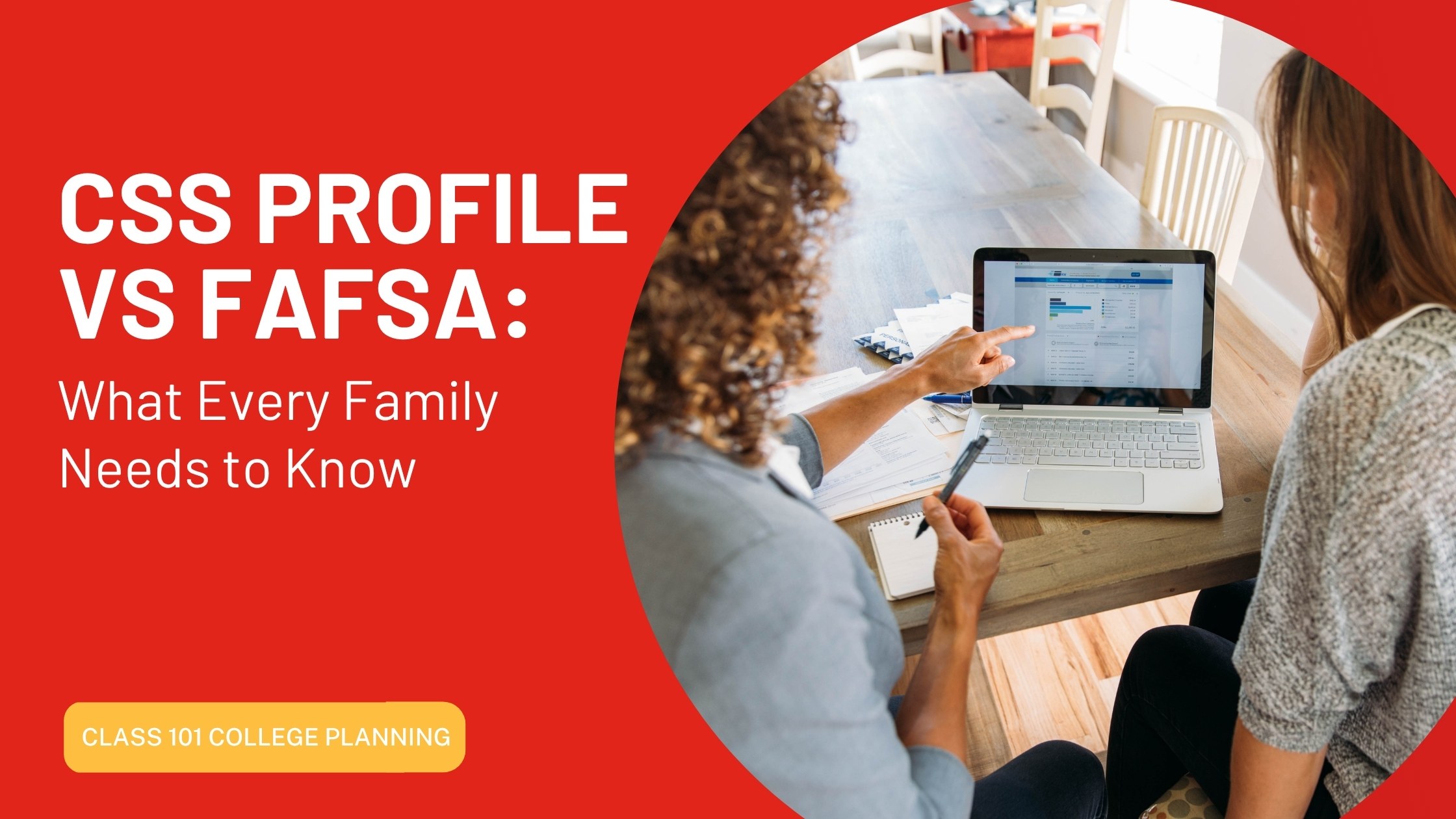March 10, 2023

Getting accepted into college can be exciting. After months of writing essays, sitting for interviews, and filling in the Common App, it can be nice to relax, knowing you have a place to go in a few months.
But for many, the problem can be having too many options. Students get acceptance letters from several, highly competitive schools. Instead of enjoying their last few months of high school, they panic over which college they should commit to.
The stress can seem enormous, but it isn’t insurmountable. Having gone through this problem with countless students, at Class 101, we recommend doing a few things to help students make a decision.
First, we suggest visiting the campus again—even if they already visited before applying. A follow-up visit can give students a chance to further explore the place they’ll be spending the next four years at.
It can help them to check everything off their to-do list that they didn’t get to during the first visit. They might be able to pursue deeper research into the campus, classes, and surrounding community. A second visit can also give them a chance to engage with others and see if they like the other students and enjoy the atmosphere of campus.
Mingling can help them with indecision. Through their experiences, students can ask themselves, “Do I see myself here?”
Second, if they know what they want to major in, we suggest students visit with department heads. Through one-on-one meetings, students can compare what their options offer in terms of classes, facilities, as well as internship opportunities.
Visiting an academic classroom is a great way to experience what it might be like as a student. They can also see if they like the professors and fit in with the school’s overall culture.
Lastly, we recommend students take a close look at the financial aid they receive. Colleges will often send along a list of scholarships that they think you qualify for, but at some schools it may be possible for this amount to be modified based on need, accomplishments, or other factors. Students should assess whether the financial aid they receive is a “final offer” or whether it can be negotiated. If it can be negotiated, it may be beneficial to sit down with an admissions officer to discuss your options in person.
Engaging with the admissions office and financial aid department can also be a chance to ask about other forms of financial aid.
Many colleges do not expect a final decision until May 1st, so students have time to make up their minds. Once a student decides not to attend a school, they should let the college know as soon as possible. Not only is this common courtesy, but it also frees up a spot for a student on a waiting list that is hoping for a confirmation.
These are just a few of the options that students find useful. If you need help thinking through them or any other issue, you can always set up a meeting with your closest location.
We are always available and ready to make college planning simple.

December 8, 2025
The end of the year is upon us. Aside from holly jolly celebrations and reflections on the year before, this time is a great chance for renewal. It is a chance to start fresh and set new routines, New Year’s resolutions, that can set students up for success when they apply for college. These resolutions […]
Read More >
October 10, 2025
Senioritis. The senior slump. Slacking disease. There are many names for it, but it’s a tendency almost everyone is familiar with: As students approach the end of their high school career, they feel a decreased sense of motivation. Their grades slide. They stop participating in extracurriculars. It’s an understandable tendency. After months, if not years, […]
Read More >
September 22, 2025
Between tuition, books, meal plans, and dorm rooms, college can be an expensive proposition. On average, students pay $38,270 for college. That number can raise up to $58,628 per academic year for students attending private universities. Given these expenses, it’s no wonder that families look for every opportunity to cut costs. In this blog, we’ll […]
Read More >